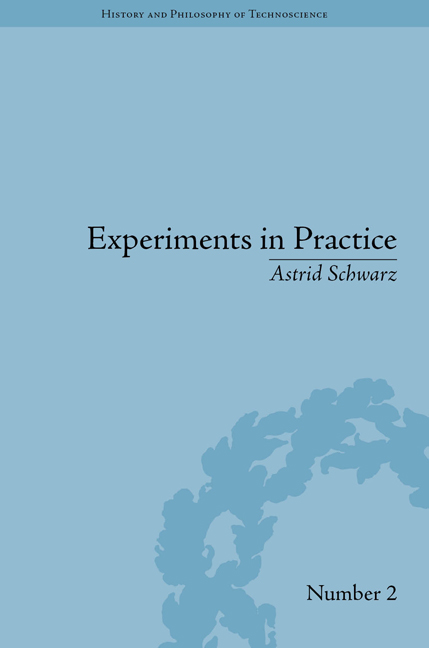Book contents
- Frontmatter
- CONTENTS
- List of Figures
- Introduction: Towards an Experimental Mode in Science, Society and Philosophy
- Part I Questioning the Scientific Method
- Part II Different Modes of Experimentation
- Part III Tirelessly Tinkering with Unruly Conditions
- Part IV Practising Experiments in a World of Environmental Concerns
- 10 Ecotechnology Complements Ecoscience: Probing a Framework
- 11 On the Pleasures of Ecotechnology
- 12 Conducting a Social Experiment: ‘Building with Nature’
- 13 Political Economy of Experiments
- Conclusion: Experiments in Practice – the Work of Experiments
- Notes
- Works Cited
- Index
12 - Conducting a Social Experiment: ‘Building with Nature’
from Part IV - Practising Experiments in a World of Environmental Concerns
- Frontmatter
- CONTENTS
- List of Figures
- Introduction: Towards an Experimental Mode in Science, Society and Philosophy
- Part I Questioning the Scientific Method
- Part II Different Modes of Experimentation
- Part III Tirelessly Tinkering with Unruly Conditions
- Part IV Practising Experiments in a World of Environmental Concerns
- 10 Ecotechnology Complements Ecoscience: Probing a Framework
- 11 On the Pleasures of Ecotechnology
- 12 Conducting a Social Experiment: ‘Building with Nature’
- 13 Political Economy of Experiments
- Conclusion: Experiments in Practice – the Work of Experiments
- Notes
- Works Cited
- Index
Summary
In the following the provisional conclusion reached at the end of the previous chapter will be scrutinized: what does it mean to talk of the ecotechnological ‘oikos’ as being subject to a permanent societal process of probing and tinkering involving a similarly precarious and pleasure-filled drive towards innovation? Probing and tinkering in a social context can be fruitfully described in terms of a social experiment as long as a few minimal conditions are fulfilled. Two of them may be that, first, the problems to be solved are framed in a way that includes an intersubjective process of hypothesis building and, second, that the – more or less passive – participation of those stakeholders identified as having an interest in the matter at hand is guaranteed. It is most likely that social experimentation does not necessarily need to be an activity that is instigated by social (or political or economic) scientists or involves (natural) scientists. To apply the semantics of social experimentation in a beneficial way, it is sufficient to identify a situation that is perceived to be a problem in the real world and implies the need for social innovation. This may be the introduction of a new technology (broadcasting, mobile phone), the planning or/and restoration of an urban district or a large-scale technical facility (an embankment dam, an urban green belt, a power plant), or the introduction of a new regulation (the European REACH legislation, American green chemistry regulations, Chinese environmental legislation) or of new consumer products (GM foods).
- Type
- Chapter
- Information
- Experiments in Practice , pp. 163 - 172Publisher: Pickering & ChattoFirst published in: 2014

